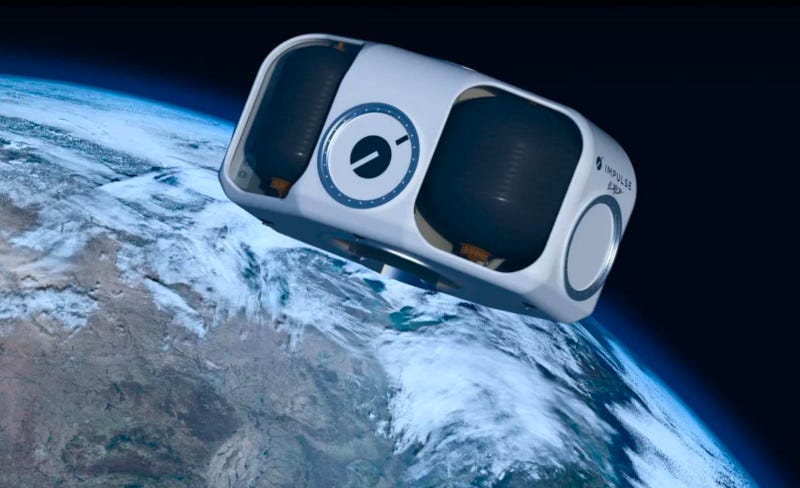Helios Kick Stage Specifications Released by Impulse Space
Designed to Transport 5+ Tons From LEO to GEO in Less Than 24 Hours
Design specifications for the latest Impulse Space vehicle Helios have been released by the company. Using a medium-lift launch vehicle, Helios is designed to take payloads of over 5 tons directly from Low Earth Orbit (LEO) to Geostationary Orbit (GEO) in less than 24 hours. Paired with affordable launches to LEO, Helios aims to dramatically cut the cos…




